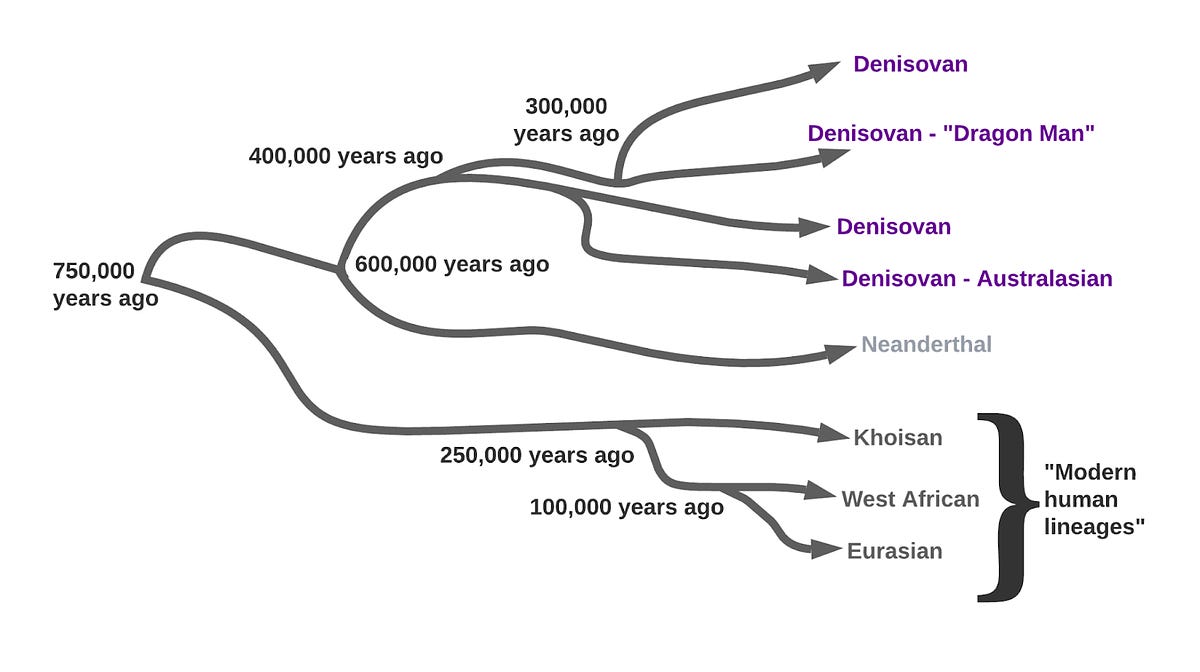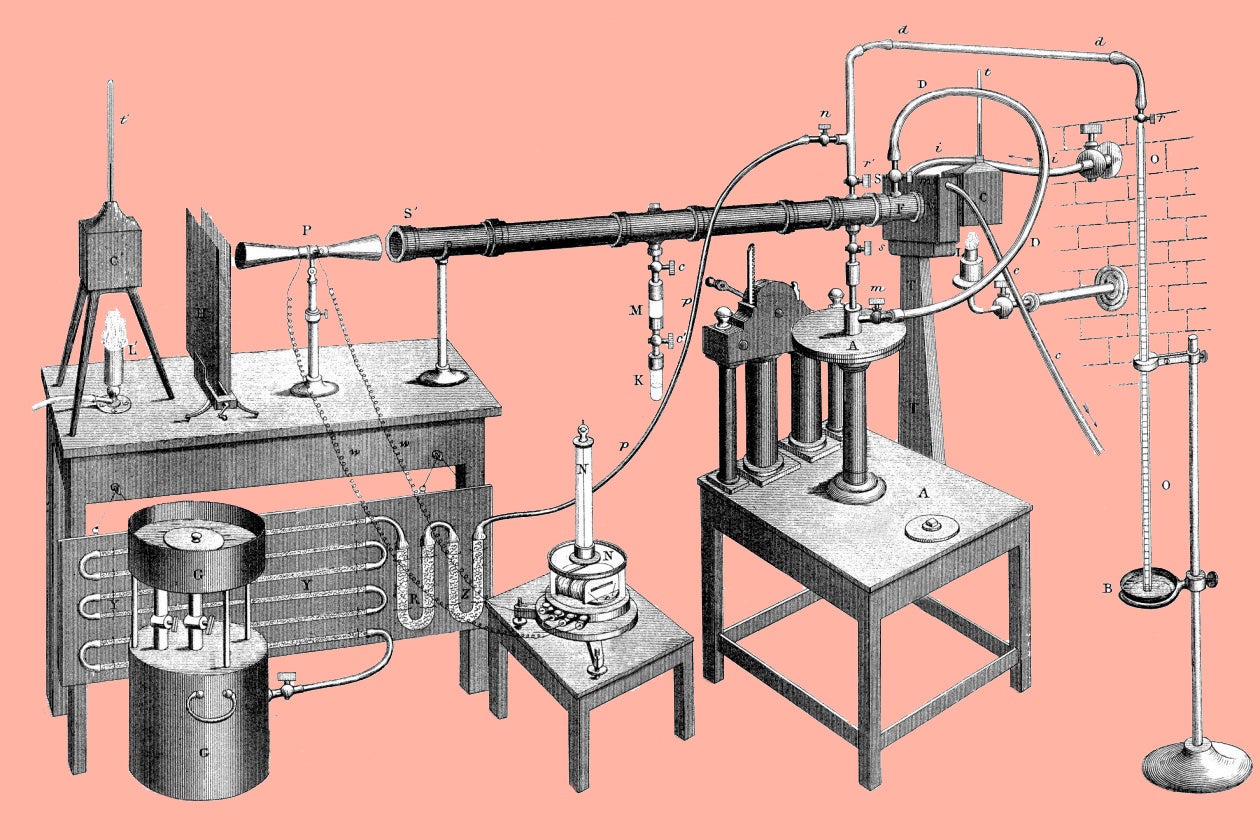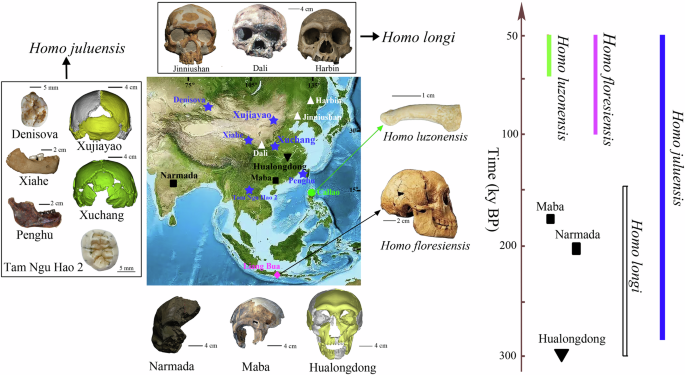
The new signs bringing greater understanding to organic chemistry
Rebecca Trager speaks to a US team developing a sign language lexicon for chemistry concepts that combines form with meaning to make the field more accessible for everyone
Until a few years ago, Deaf students and sign language interpreters in Christina Goudreau Collison’s chemistry class at Rochester Institute of Technology (RIT) in the US would fingerspell terms like SN 2 for a bimolecular nucleophilic substitution reaction. Now, they move their hands in a fluid movement to indicate how starting materials transform via a transition state into the final product.
Besides SN 2 reactions, conventional organic chemistry textbooks name several other reaction pathways including unimolecular nucleophilic substitution (SN 1), unimolecular elimination (E1) and bimolecular elimination (E2). Goudreau Collison says there are five major mechanisms in organic chemistry that haven’t yet been formally named. That’s why she and her team created a sign they call syn-3, which models the transition state and intermediate when a brominium bridge forms across a π bond, for example. The same syn-3 sign can also be used when describing oxymercuration, epoxidation and cyclopropanation since all have similar transition states.
They also developed a sign they call syn-4 to describe the transition states for reactions such as hydroboration, hydrogenation, dihydroxylation and ozonolysis. Deaf and hard of hearing students now group these reactions together as syn-4. Their hearing peers, meanwhile, might have missed the mechanistic correlations between them. When hands become models, it changes the two-dimensional static framework of writing reactions into 3D opportunities for students to conceptualise the repercussions of the transition state.





















